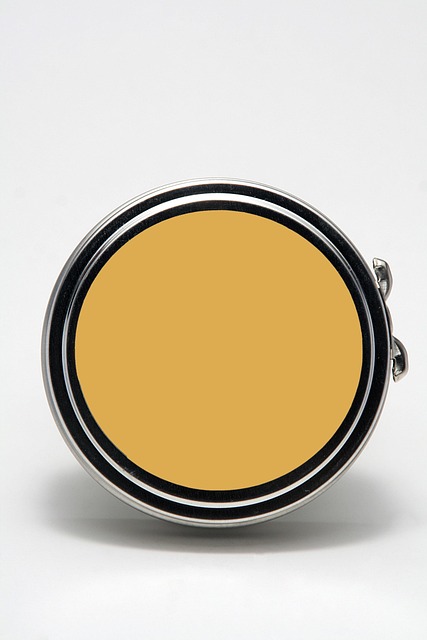Pipe corrosion, caused by water reactions and environmental factors, poses structural risks. Professional evaluations using advanced non-destructive testing (NDT) techniques like MPI, ultrasonic testing, and CCTV identify corrosion early. Regular visual inspections detect visible signs, preventing escalation. NDT methods ensure pipe integrity, guiding repairs or replacements, and extending system lifespans through expert analysis.
Pipe corrosion is a prevalent issue in industrial settings, posing significant risks to infrastructure and safety. This comprehensive guide delves into the intricacies of identifying pipe corrosion during inspections. We explore common causes and effects, empowering readers with essential knowledge. From advanced equipment and techniques to visual indicators and non-destructive testing methods, learn how to conduct thorough professional evaluations, ensuring timely intervention and minimizing potential hazards.
- Understanding Pipe Corrosion: Common Causes & Effects
- Equipment and Techniques for Comprehensive Inspections
- Visual Indicators: Spotting Corrosion During Walkthroughs
- Non-Destructive Testing: Advanced Methods for Professional Evaluations
Understanding Pipe Corrosion: Common Causes & Effects

Pipe corrosion is a common issue that can have significant impacts on plumbing systems. Understanding its causes and effects is crucial for professionals during inspections. Corrosion occurs when metallic pipes react with substances in water, leading to degradation of the pipe’s material over time. This process can be accelerated by various factors such as poor water quality, high moisture content, and exposure to corrosive chemicals.
The effects of corrosion range from minor leaks to complete pipe failure, posing potential risks to structures and environments. Professional evaluations are essential in identifying corrosion early. Regular inspections using advanced techniques, like visual examinations, magnetic particle inspection, and ultrasonics, can help detect signs of corrosion before they become critical. Addressing corrosion promptly through material replacements or protective coatings is vital for maintaining the integrity and longevity of plumbing systems.
Equipment and Techniques for Comprehensive Inspections

Comprehensive pipe inspections require specialized equipment and techniques to accurately identify corrosion. Professionals utilize advanced tools such as magnetic particle inspection (MPI) and ultrasonic testing, which are non-destructive testing methods that help detect even the subtlest signs of wear and tear. MPI uses a magnetic field to reveal surface defects, while ultrasonic testing sends high-frequency sound waves through pipes to identify internal corrosion or wall loss.
Additionally, visual inspection plays a crucial role in identifying visible signs of corrosion like pitting, scaling, or blistering. Experts also employ closed-circuit television (CCTV) cameras to inspect hard-to-reach areas, providing detailed video footage for thorough analysis. These advanced techniques, combined with expert knowledge and professional evaluations, ensure that pipe corrosion is identified early, allowing for timely maintenance and repair to prevent further damage and system failure.
Visual Indicators: Spotting Corrosion During Walkthroughs

During routine walkthroughs, trained eyes can often spot visual indicators of pipe corrosion. This early detection is crucial for maintaining a well-kept infrastructure. Professional evaluators look for telltale signs like rust stains, peeling paint, or discolored areas on the pipes and surrounding surfaces. These symptoms suggest potential issues that could lead to more severe corrosion if left unaddressed.
Inspecting pipes for corrosion requires meticulous observation. Evaluators should check for any visible cracks, pitting, or flaking of the pipe’s protective coating. Even subtle changes in texture or appearance can indicate an underlying problem. Regular visual inspections are a vital component of comprehensive maintenance plans, enabling prompt action to prevent further damage and ensure the longevity of pipe systems.
Non-Destructive Testing: Advanced Methods for Professional Evaluations

Non-Destructive testing (NDT) offers advanced methods for professionals to identify pipe corrosion during inspections without causing damage. These techniques play a pivotal role in maintaining critical infrastructure, ensuring safety and reliability. By employing specialized equipment like magnetic particle inspection (MPI), ultrasonic testing, and radiographic testing, NDT allows for thorough assessments of pipe integrity while preserving their structural soundness.
Professional evaluators utilize these non-invasive methods to detect even the subtlest signs of corrosion, pitting, or cracks that could compromise pipe integrity. The data collected through NDT provides valuable insights, enabling informed decisions about repair, replacement, or further monitoring, ultimately enhancing the lifespan and performance of piping systems in diverse industries.
